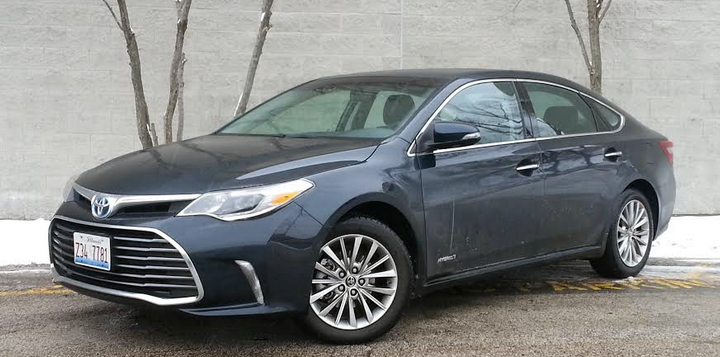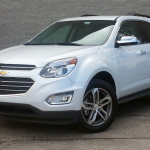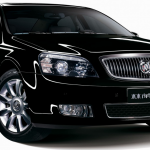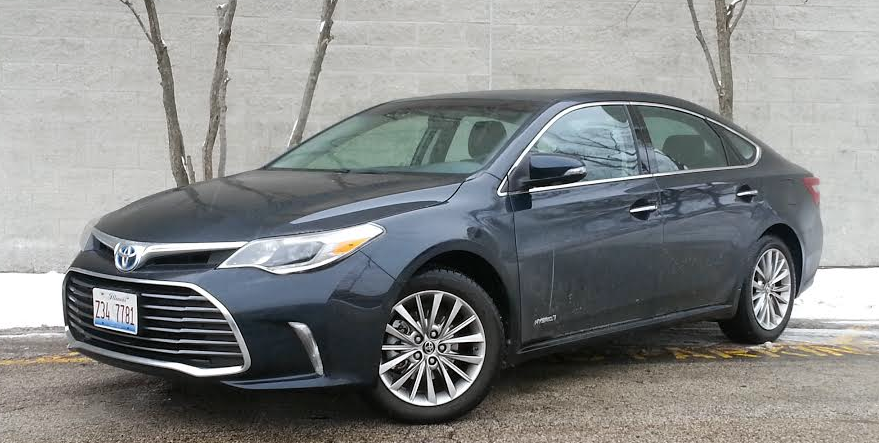
2016 Toyota Avalon Hybrid Limited 
Class: Large Car
Miles Driven: 675
Fuel Used: 19.8 gallons
Real-world fuel economy: 34.0 mpg
| CG Report Card | |
|---|---|
| Room and Comfort | A- |
| Power and Performance | B- |
| Fit and Finish | A |
| Fuel Economy | A |
| Value | B |
| Report-card grades are derived from a consensus of test-driver evaluations. All grades are versus other vehicles in the same class. Value grade is for specific trim level evaluated, and may not reflect Consumer Guide's impressions of the entire model lineup. | |
| Big & Tall Comfort | |
| Big Guy | A |
| Tall Guy | B- |
| Big & Tall comfort ratings are for front seats only. "Big" rating based on male tester weighing approximately 350 pounds, "Tall" rating based on 6'6"-tall male tester. | |
Driving mix: 50% city, 50% highway
EPA-estimated fuel economy: 40/39/40 (city/highway/combined)
Base price: $41,950 (not including $835 destination charge)
Options on test car: None
Price as tested: $42,785
Quick Hits
The great: Fuel economy (for such a large car), passenger room
The good: Refined cabin
The not so good: No trunk pass-through
Check out Consumer Guide’s Large Car Best Buys
John Biel
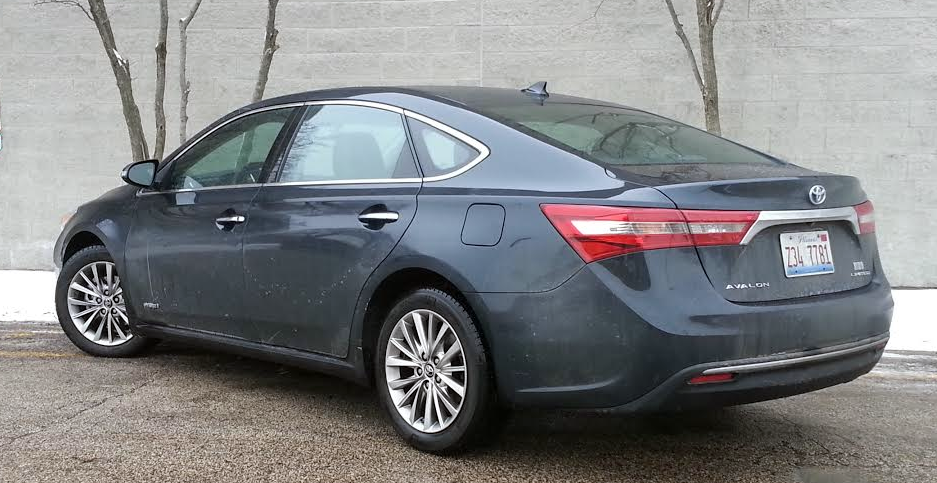
The Limited version of the Toyota Avalon Hybrid delivers goodies with good gas mileage. At $41,950 to start, it’s the top of the Avalon Hybrid triumvirate, all with the same gas/electric powertrain. However, the Limited is stacked with luxuries that place it a cut above the others.
All 2016 Avalons show a freshened face to the world, and the Hybrids have shuffled names a bit since ’15. While the Limited is still top dog, XLE Premium ($38,100) moves up to replace XLE Touring as the new mid-level choice, and XLE Plus ($36,650) is the new name of the base Hybrid.
Upgraded or exclusive content that makes a Limited a Limited includes premium perforated leather seats (ventilated in front), premium leather wrapping for the steering wheel, three-zone climate control, a power rear sunshade, 11-speaker JBL audio system with integrated navigation and Entune app suite, “super chrome” finish for the 17-inch alloy wheels, high-intensity-discharge headlamps, LED daytime-running lamps, aluminum doorsill plates, and Toyota’s Safety Connect roadside-assistance service. That’s in addition to items found on one or the other of the remaining Hybrid models like blind-spot monitoring, rear cross-traffic alert, a power moonroof, satellite radio, pushbutton starting, Bluetooth connectivity, and a rearview camera.
Check out our test of a non-hybrid Avalon
All in all, the Limited presents a nice environment. The attractively finished seats provide comfortable support. Soft-touch surfaces are well distributed around the cabin. Lots of glass area makes for good driver vision in just about every direction. It’s almost enough to make you forget this is supposed to be a thrifty car—or at least as thrifty as a large car can be.
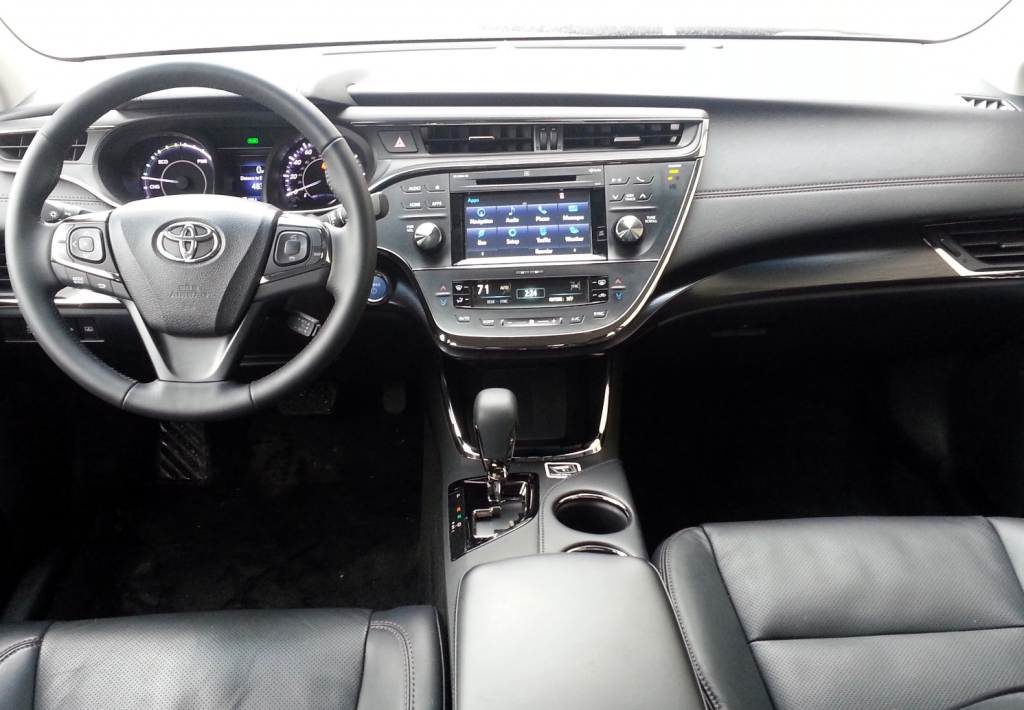
Avalon Hybrids are powered by a 2.5-liter four-cylinder engine, with an assist from an electric motor fed by a nickel-metal-hydride battery, a combination that delivers a peak system output of 200 horsepower channeled through a continuously variable transmission that acts like an automatic. In addition to the conventional drive mode, drivers can opt for “EV” (for extended electric-motor operation), “ECO,” and “Sport” modes. Transitions between gas and electric operation take place quite seamlessly. Acceleration is just OK from a standing start but decent highway cruising speed arrives without much fuss. (Clicking into Sport provides a modicum of extra vigor.) Sticking mostly to the basic mode, this tester averaged 35.0 mpg after driving 159 miles, 60 percent of that in city-type operation. While that’s more than four mpg better than he did with a 2015 Avalon Hybrid, it’s still markedly short of the EPA estimates of 40 mpg in the city and 39 mpg on the highway.
Want even better 5-passenger fuel economy?
Keeping an eye on it all is Hybrid-specific instrumentation. A power meter in the left instrument dial spins from “charge” through “eco” and up to “power” as power demand changes and brake regeneration takes effect. (A tachometer display can be called up on standard thin-film-transistor information screen between the power meter and speedometer dials.)
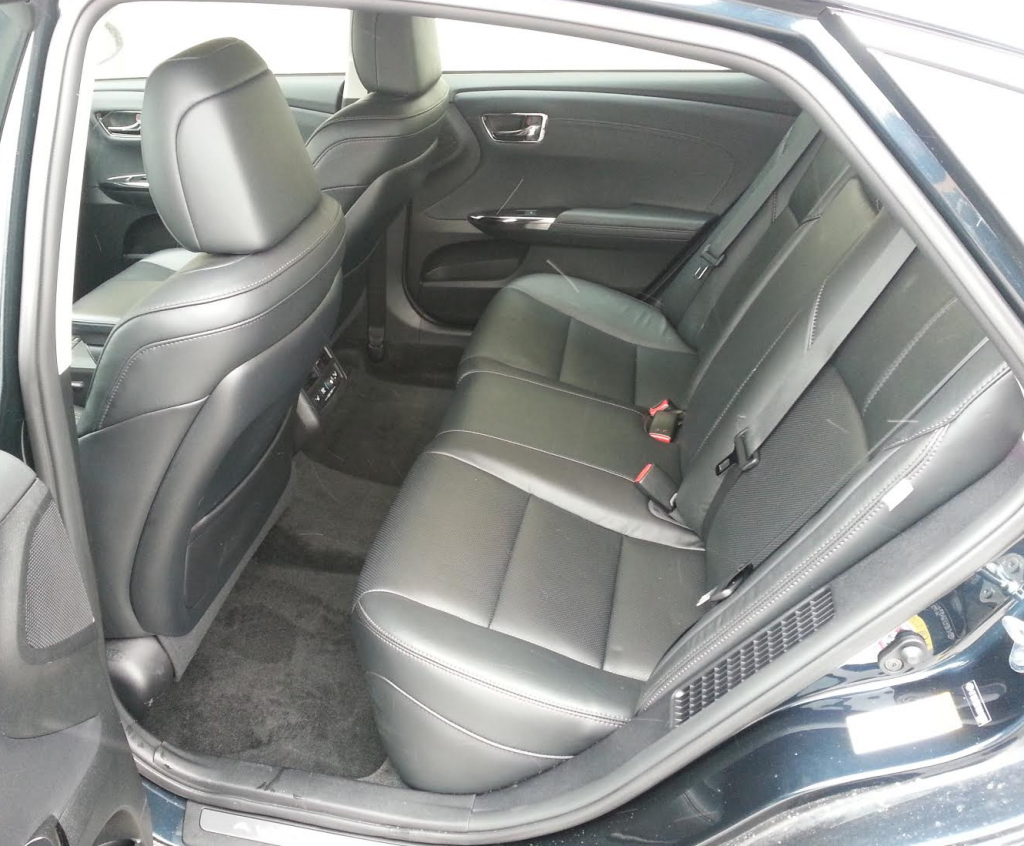
As for other controls, the touchscreen audio system is easy to program and use. Below this sit key climate controls that rely on touch points to select things like temperature and fan speed. Seat-heating/cooling controls are small rheostats that pop up from the console and allow widely variable settings. However, both are positioned nearer to the driver, so a front-seat passenger has a far reach to regulate seat temperature. Auxiliary/USB ports and a Qi-compatible wireless smartphone charger reside in a covered bin directly under the center of the dash.
The rear seat provides generous legroom in the outboard positions, with enough space across for three adults—though it helps if the middle rider is the shortest of the trio. Doors open wide for easy ingress/egress. Interior storage consists of a small glove box, ample door pockets, a fairly large covered console cubby with an adjustable tray, and two open cup holders. Rear passengers have access to door pockets, pouches on the back of both front seats, and a pair of cup holders in the pull-down center arm rest.
The trunk is big and shaped for easy loading. The gooseneck hinges are covered to protect cargo. One compromise that comes with being a hybrid is that a little bit of space at the far end of the trunk is surrendered to the electric-drive system, which also closes off the pass-through that is found in the back seats of non-hybrid Avalons.
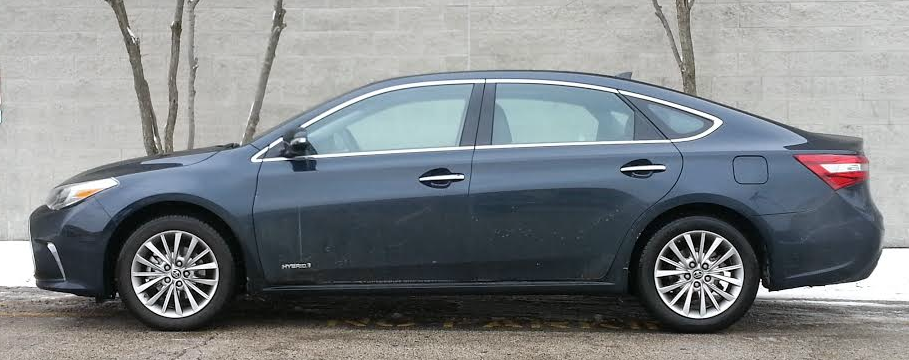
Test Drive: 2015 Toyota Camry Hybrid SE

